5 DIY Gardening Tips for Beginners That Are Surprisingly Smart

Tried, tested, and totally worth it
There are a lot of gardening hacks out there, but let’s be honest, not all of them are winners.
This little roundup skips the viral fluff and gives you five simple, effective tricks that real gardeners (like you and me) actually use. They cost nothing, use what you already have, and quietly make your plants happier and your gardening easier.
Let’s get into it.
Tools and Materials
- Medium terracotta or plastic pots
- Coffee filters
- Clean crushed eggshells
- Used coffee grounds (dried)
- Plain kitchen sponge (no additives)
- Empty plastic milk jug
- Garden trowel
- Watering can
- Potting soil
Hometalk may receive a small affiliate commission from purchases made via Amazon links in this article but at no cost to you.
1. Coffee Filters for Cleaner Drainage
If you’ve ever watered a newly potted plant only to see half your soil wash out the bottom, this one’s for you. A simple flat coffee filter laid at the bottom of your pot allows water to drain as usual but keeps the soil where it belongs, inside the pot.
Why it works: Coffee filters are porous enough to let water through but fine enough to hold back particles of soil. It’s a clean, chemical-free solution for planters of any size, especially for indoor or balcony gardening where a mess can be a hassle.
How to do it:
- Grab a flat coffee filter (or fold a cone-style one flat).
- Place it in the bottom of your empty planter.
- Fill with soil, add your plant, and water as usual.
💡 Tip: This also works with paper towels in a pinch, but coffee filters hold up longer.
2. Crushed Eggshell Slug Barrier
Slugs can devour a row of seedlings overnight, but a jagged line of crushed eggshells can slow them down, or stop them entirely. It’s not a magic force field, but it’s a solid line of defense that also adds minerals to the soil as it breaks down.
Why it works: Slugs and snails avoid crawling over rough surfaces. Eggshells, when crushed coarsely, create a texture they don’t like. Plus, they release calcium and trace minerals over time.
How to do it:
- Rinse your eggshells and let them dry completely.
- Crush them with your hands or a rolling pin—aim for sharp flakes, not fine powder.
- Sprinkle in a wide ring around plants like lettuce, strawberries, or hostas.
💡 Tip: Replace the shells after heavy rain, as moisture can soften the edges.
3. Sponge in the Bottom of Pots
Ever had a plant that dried out too fast or drowned after a heavy rain? A plain sponge might be the fix. It helps balance moisture levels, so your soil stays damp, not soggy.
Why it works: Sponges absorb excess water and slowly release it back as the soil dries. This keeps roots from sitting in water and helps extend time between waterings, especially great for hot climates or forgetful gardeners.
How to do it:
- Take a clean kitchen sponge (no soap residue or chemicals).
- Place it flat in the bottom of your pot.
- Add soil and plant as usual.
💡 Tip: Works especially well in hanging baskets or shallow pots that dry out quickly.
4. Used Coffee Grounds for Nitrogen Boost
If you make coffee at home, you’ve got free plant food. Used grounds are rich in nitrogen and organic matter, which helps improve soil texture and gives a gentle nutrient boost—especially helpful for acid-loving plants.
Why it works: Coffee grounds contain about 2% nitrogen, a key nutrient for leafy growth. They also attract worms, improve soil aeration, and can deter some pests like ants or snails.
How to do it:
- Let your used coffee grounds dry out (wet clumps can get moldy).
- Sprinkle a thin layer around the base of plants or mix lightly into the top layer of soil.
- Repeat every couple of weeks—less is more.
💡 Tip: Don’t pile it on. Too much coffee can make the soil compacted or overly acidic.
Best for: Tomatoes, blueberries, roses, azaleas, and hydrangeas.
5. Milk Jug Drip Irrigator
This is one of those old-school tricks that still works wonders. With a single empty milk jug and a thumbtack, you can create a slow-drip irrigation system that keeps your plants hydrated all day.
Why it works: A few small holes in the bottom of the jug allow water to trickle out slowly, keeping the soil evenly moist without wasting water. It’s especially helpful during heatwaves or while you're away for a day or two.
How to do it:
- Rinse out a plastic milk jug.
- Poke 4–5 small holes in the bottom using a pin, nail, or skewer.
- Bury it beside your plant with just the top exposed.
- Fill with water and let it do its thing.
💡 Tip: You can also fill it with diluted compost tea or plant food for slow, deep feeding.
These 5 Garden Hacks Are the Real Deal
If you’ve ever tried a hack that totally flopped, you’re not alone. That’s why this list sticks to the ones that actually work in real gardens, with real results. They’re simple, affordable, and make a big difference over time, whether you're growing tomatoes, herbs, or just trying to keep your patio plants happy.
Tried one of these? Or have your own go-to hack that actually works? Share it in the comments below.
Enjoyed the project?
Comments
Join the conversation
-
 Mabel Jacobs
on Jul 14, 2025
Mabel Jacobs
on Jul 14, 2025
Is coffee grounds good for spider plants, Christmas cactus and Amaryllis? I have indoor house plants.
-
 Pgd4244118
on Jul 15, 2025
Pgd4244118
on Jul 15, 2025
My Peace Lily/Spathiphyllum LOVES coffee grounds. After pouring my coffee from my French press, I fill it 1/3 with water, enough to swirl and dump directly under the leaves onto the soil. This method literally brought them back to life! THANK YOU!

-
-
-
 Bet73333820
on Jul 15, 2025
Bet73333820
on Jul 15, 2025
There are 2 hints here that are misleading. Used coffee grounds are almost neutral. Almost all the acid leaches out in the brewing process. Also, you should be wary of adding too much nitrogen to flowering plants. Nitrogen is great for the leaves, but will detract from flowering. I've also been warned by a few pros about using shells from raw eggs. I've been told to bake the shells to remove any bacteria or salmonella. If you're using them in a compost pile, it's not necessary, because the heat generated by the composting process is enough.
-

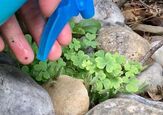
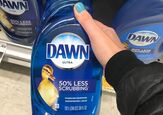

















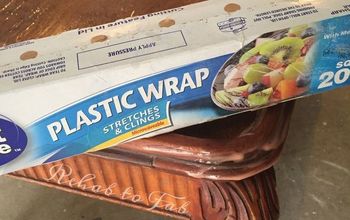



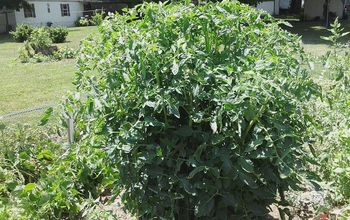
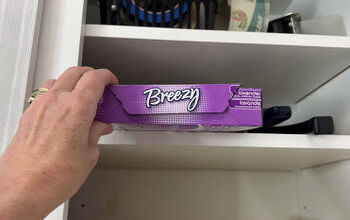
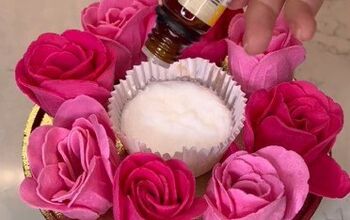
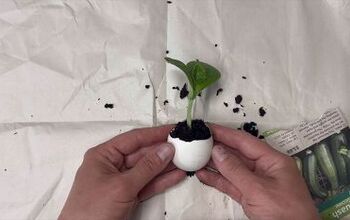
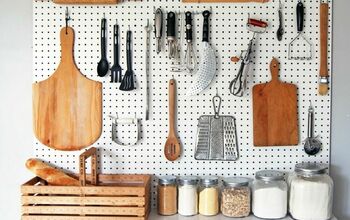
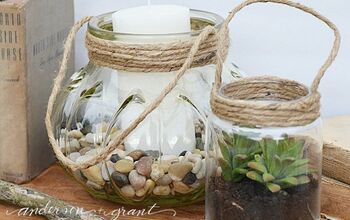
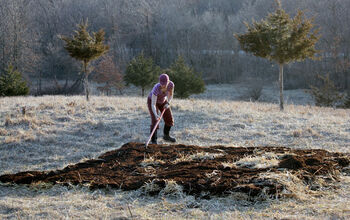
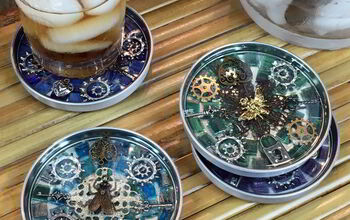
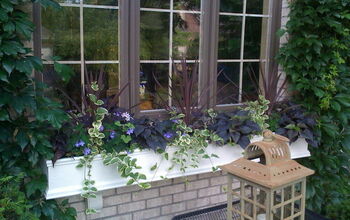

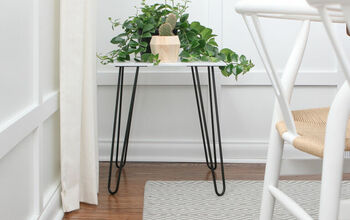
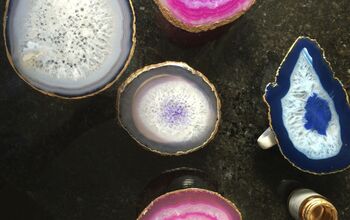

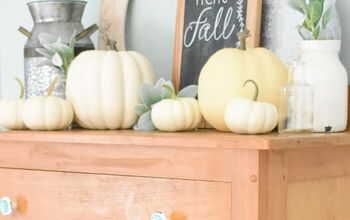


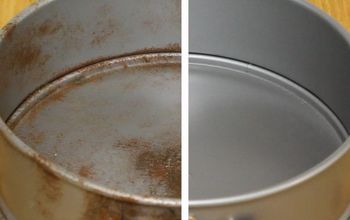

Frequently asked questions
Have a question about this project?
Can you use instant coffee?